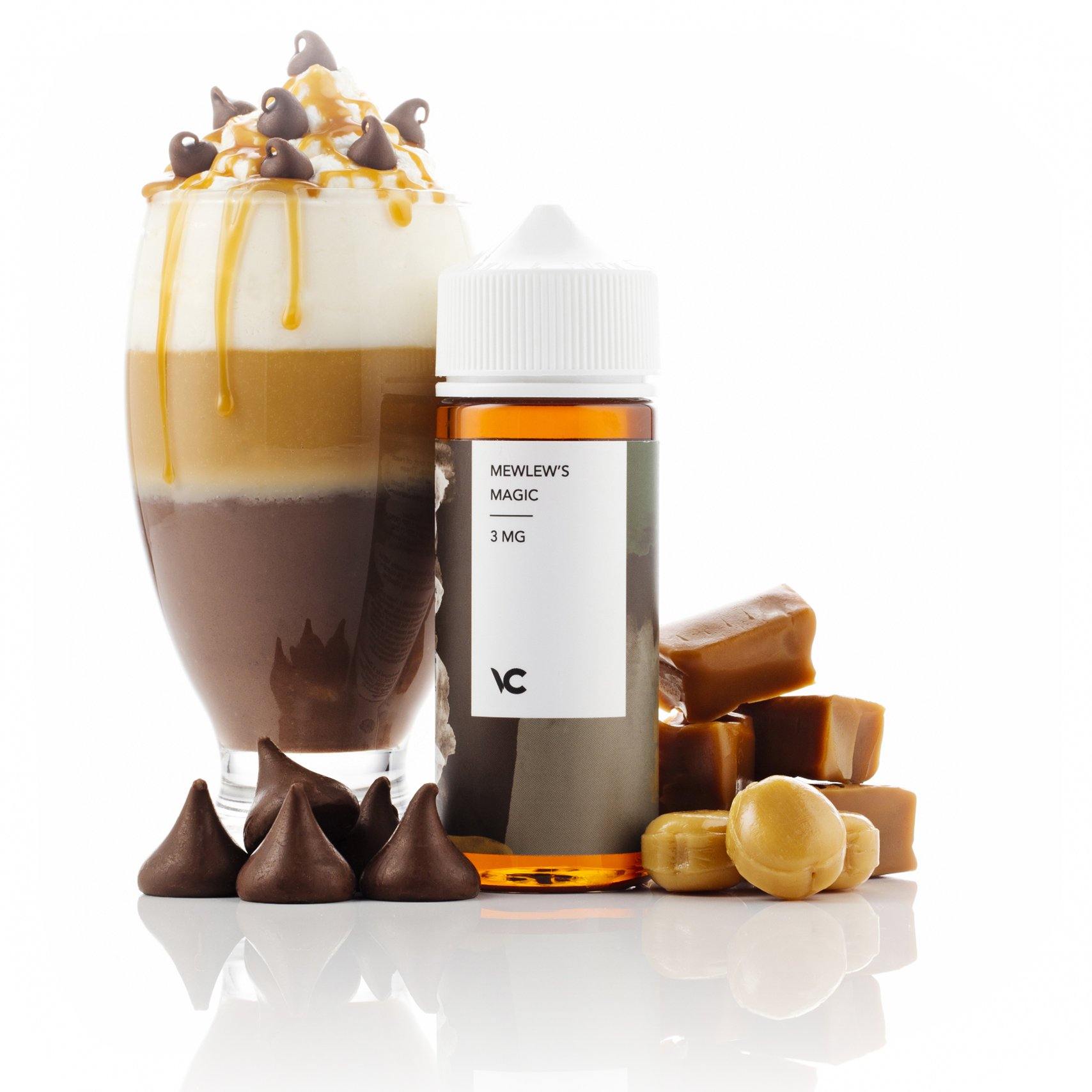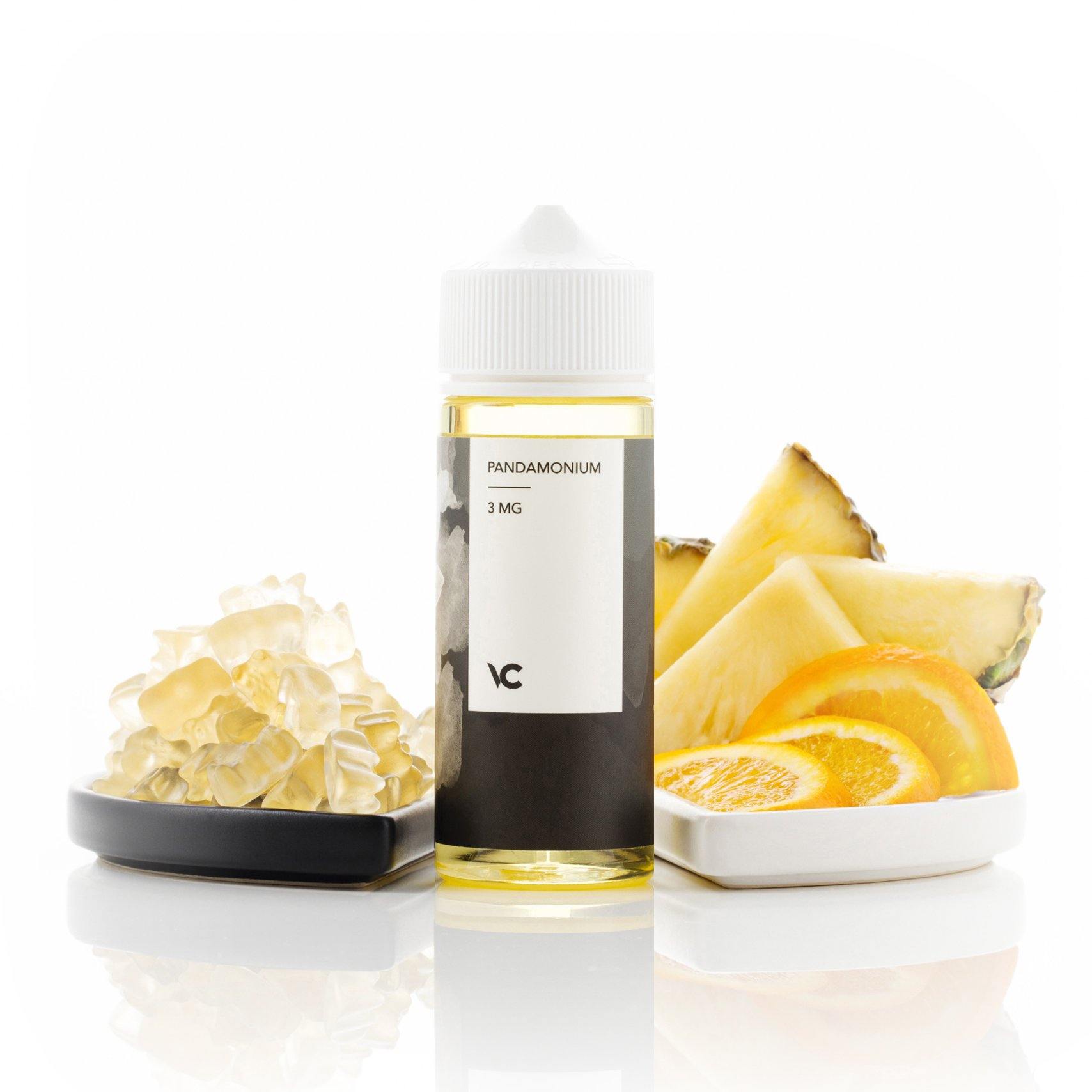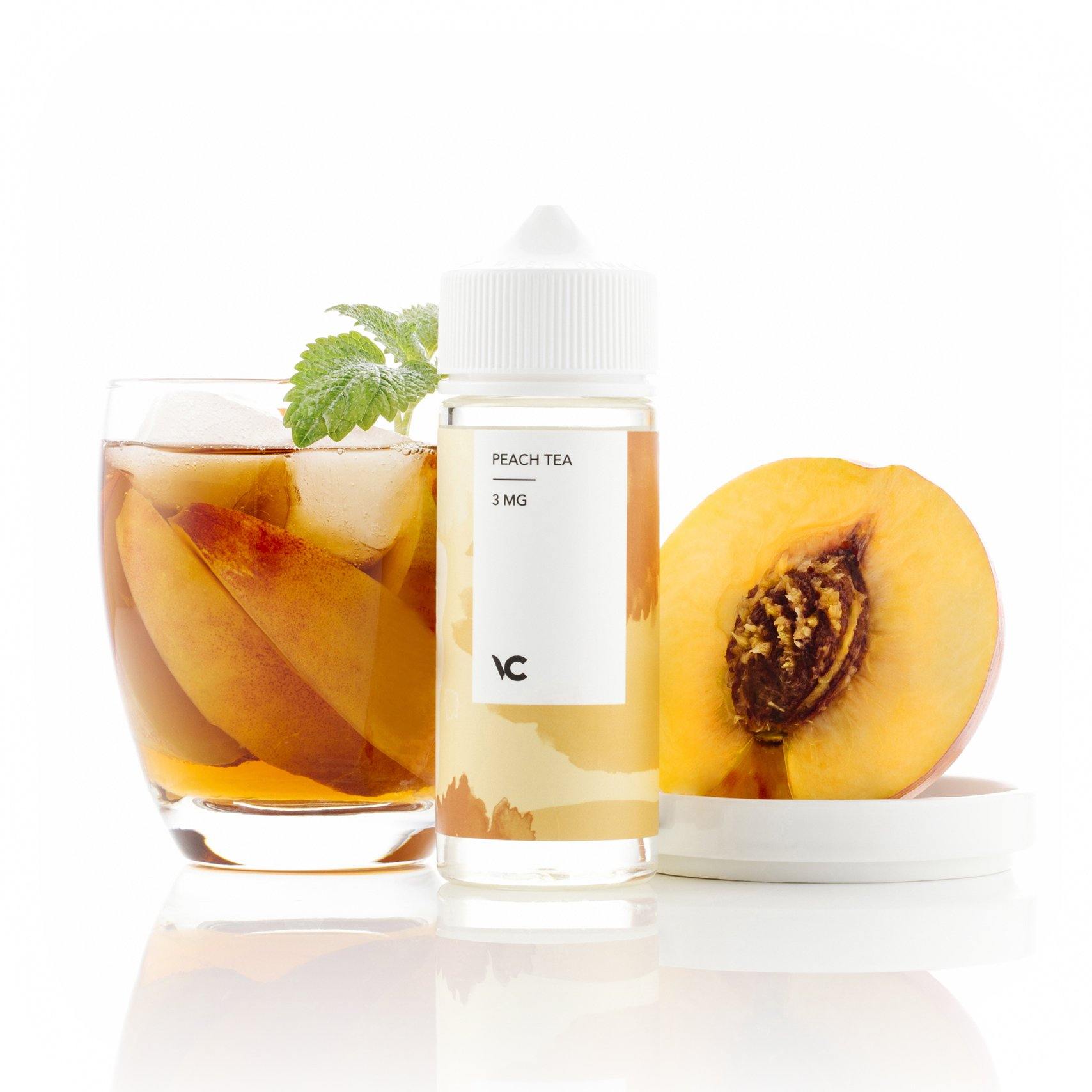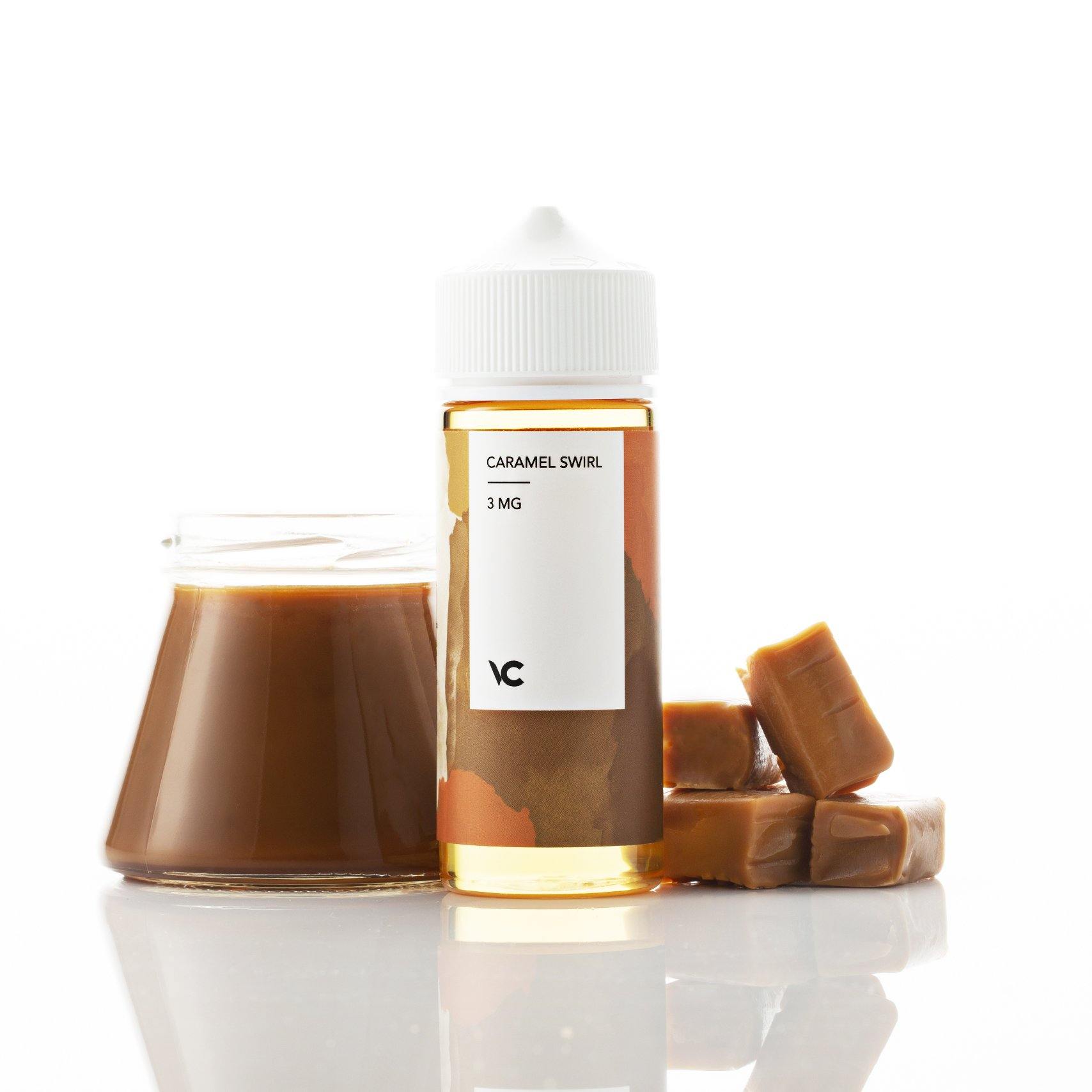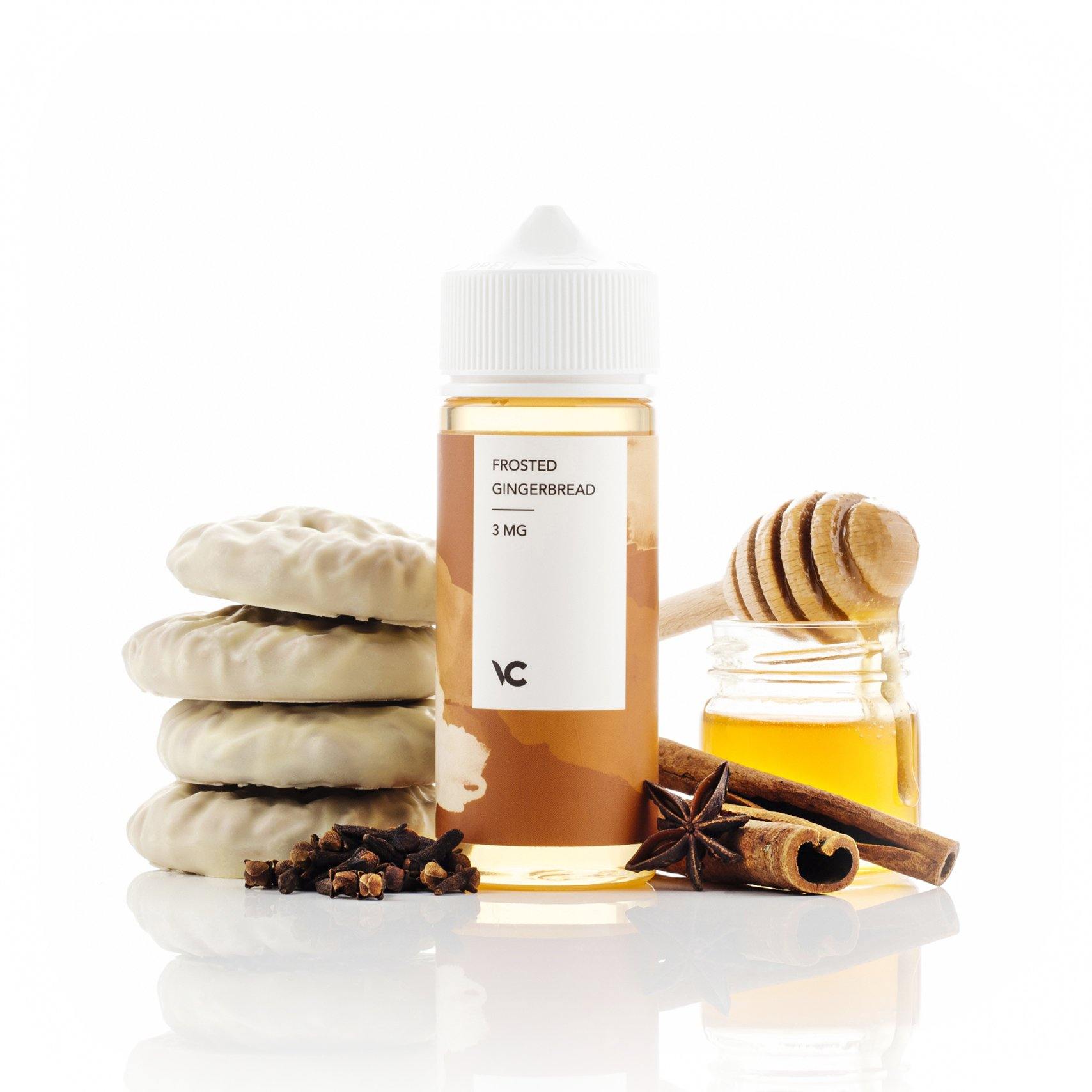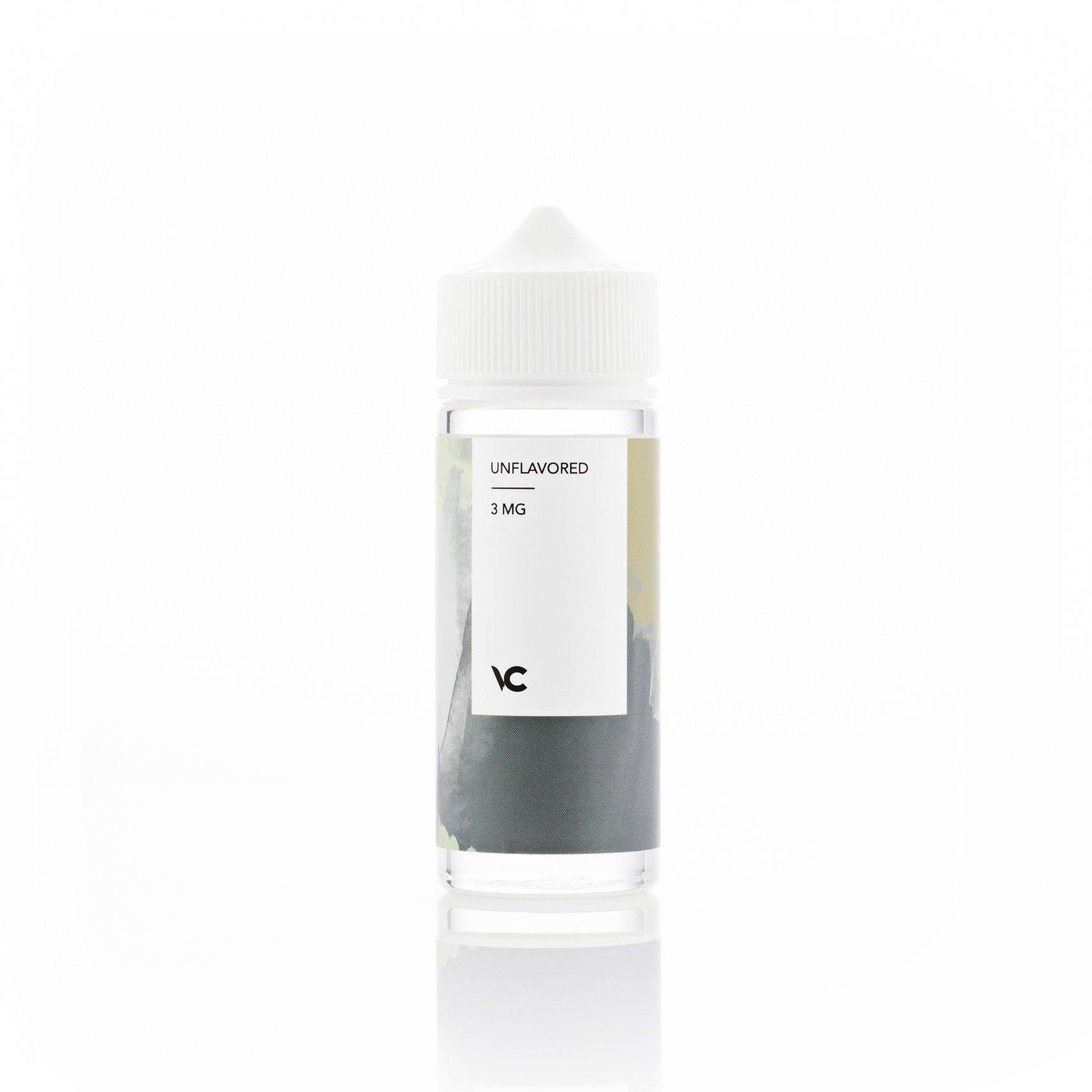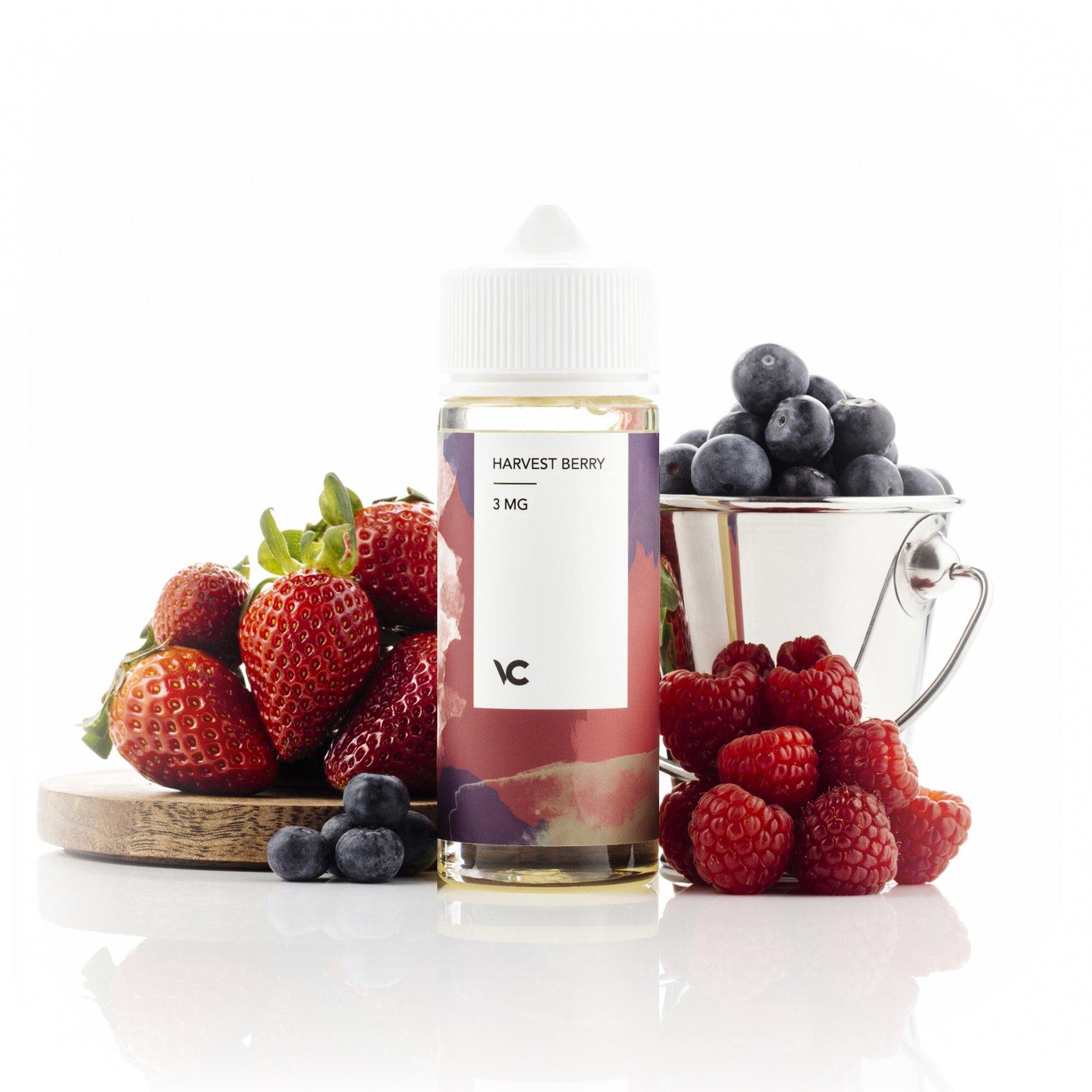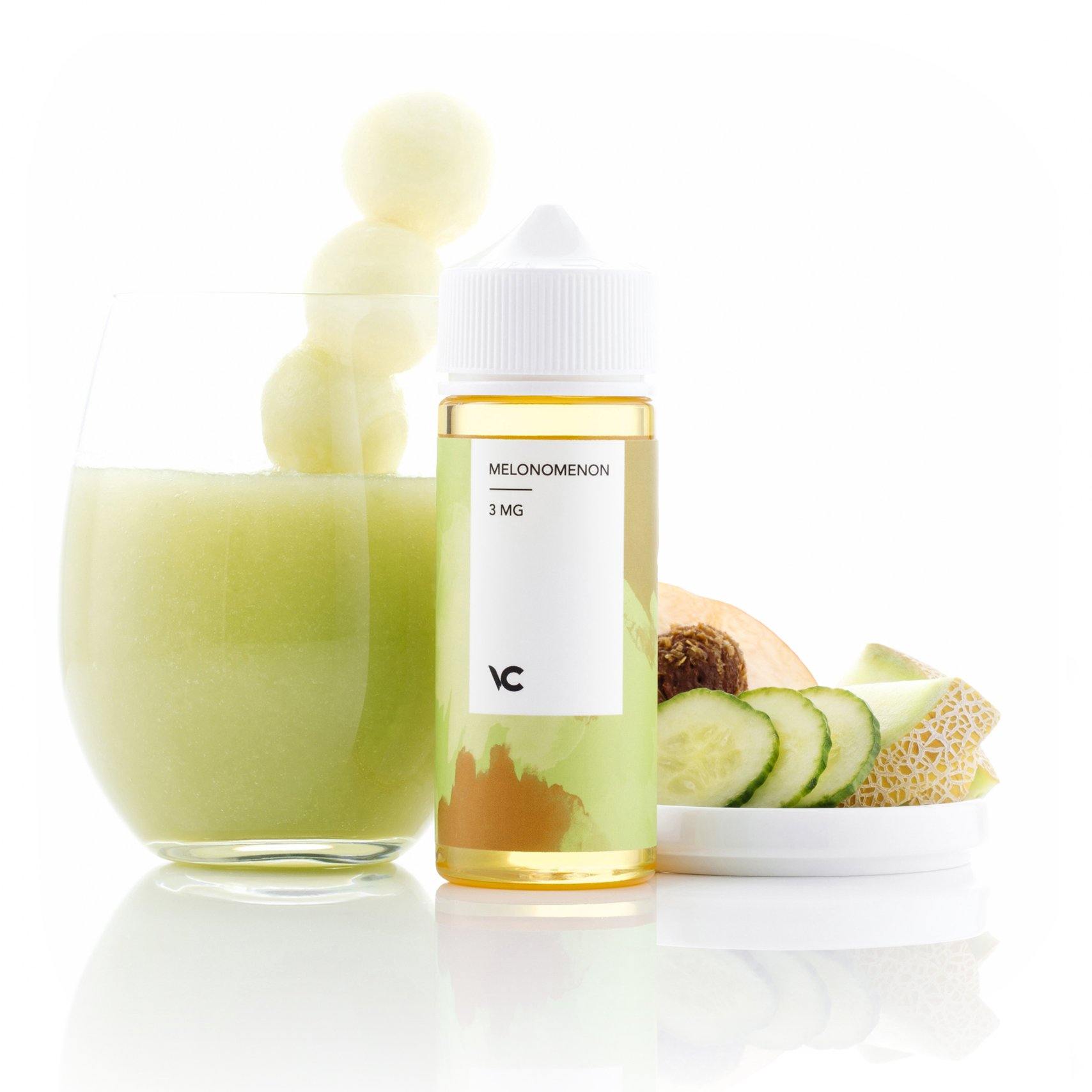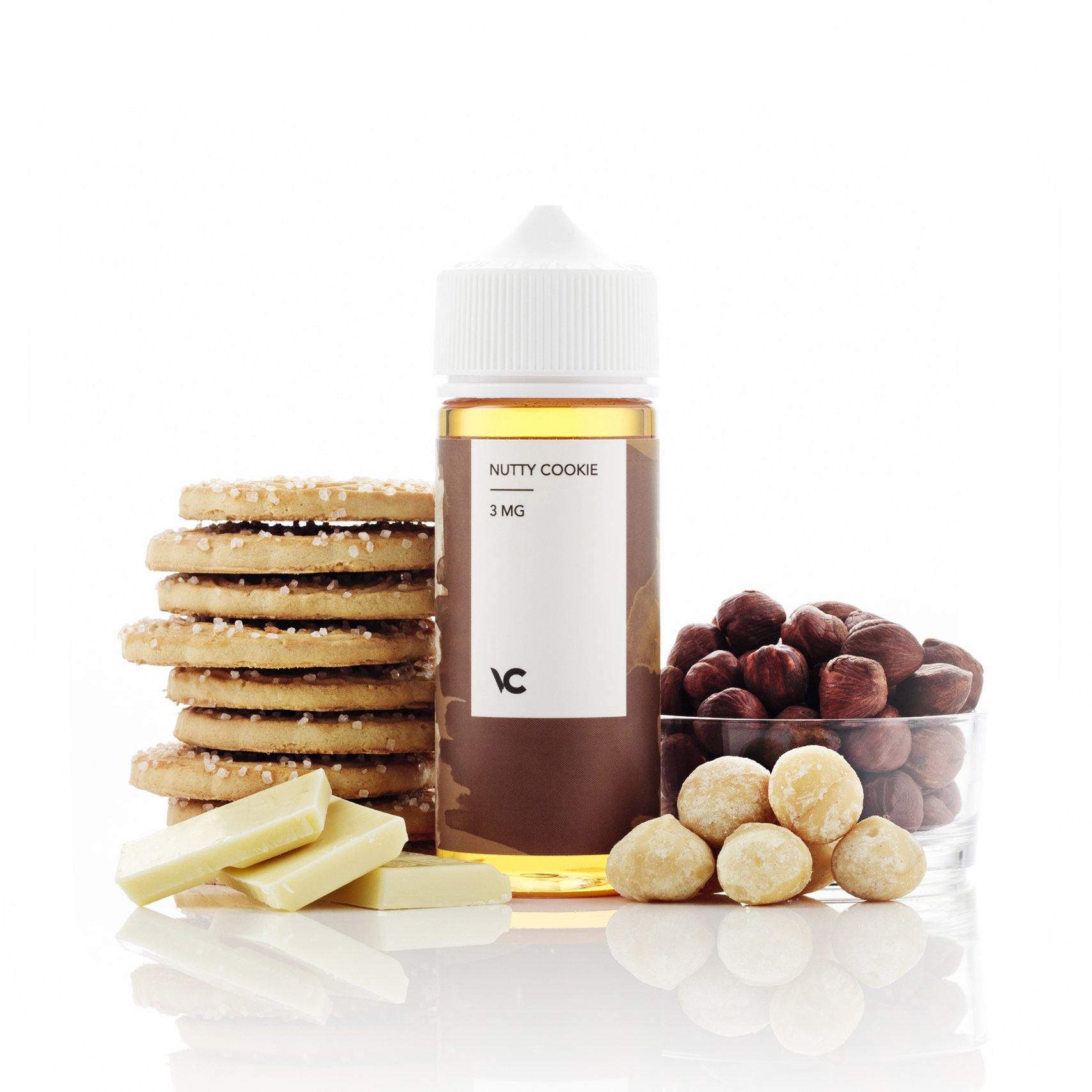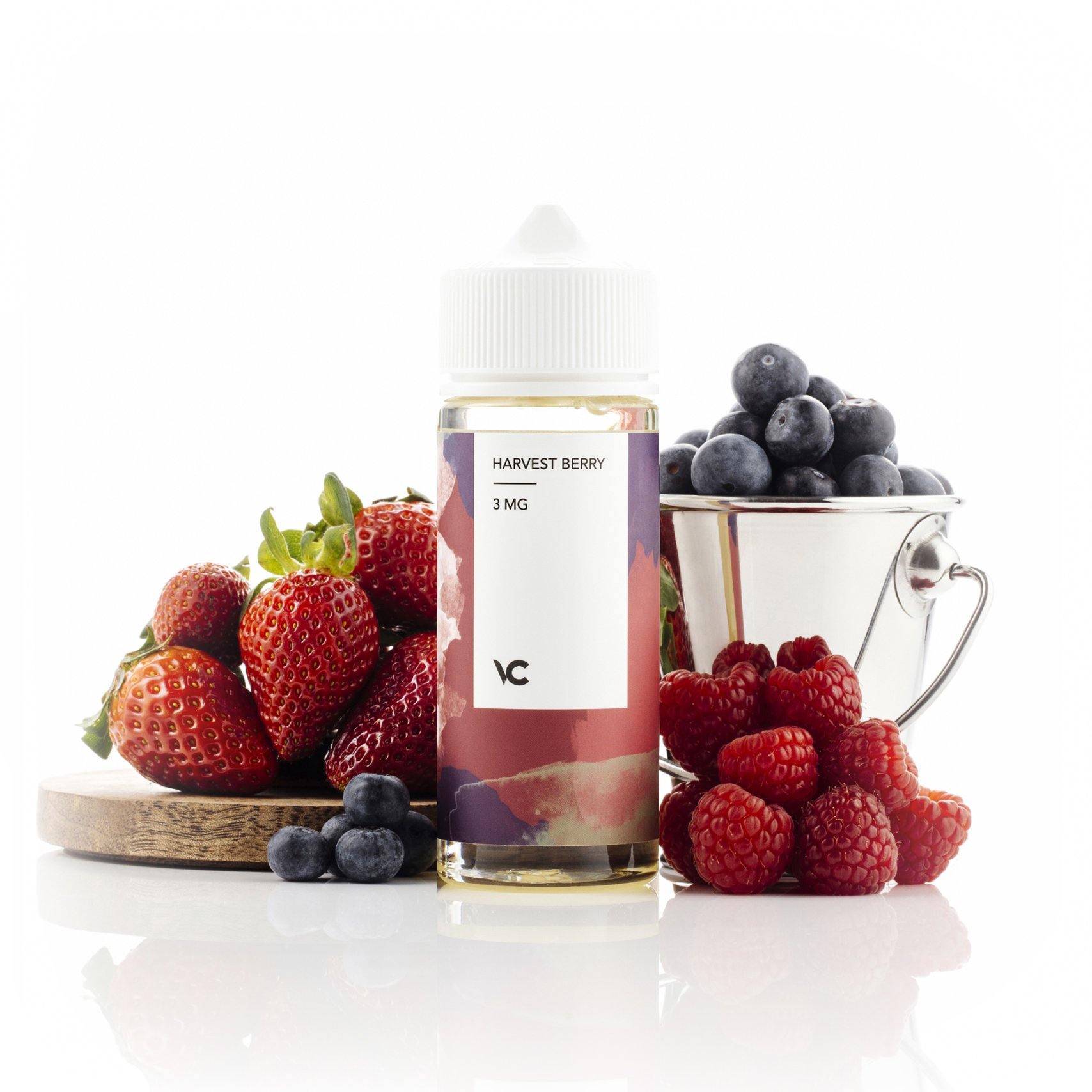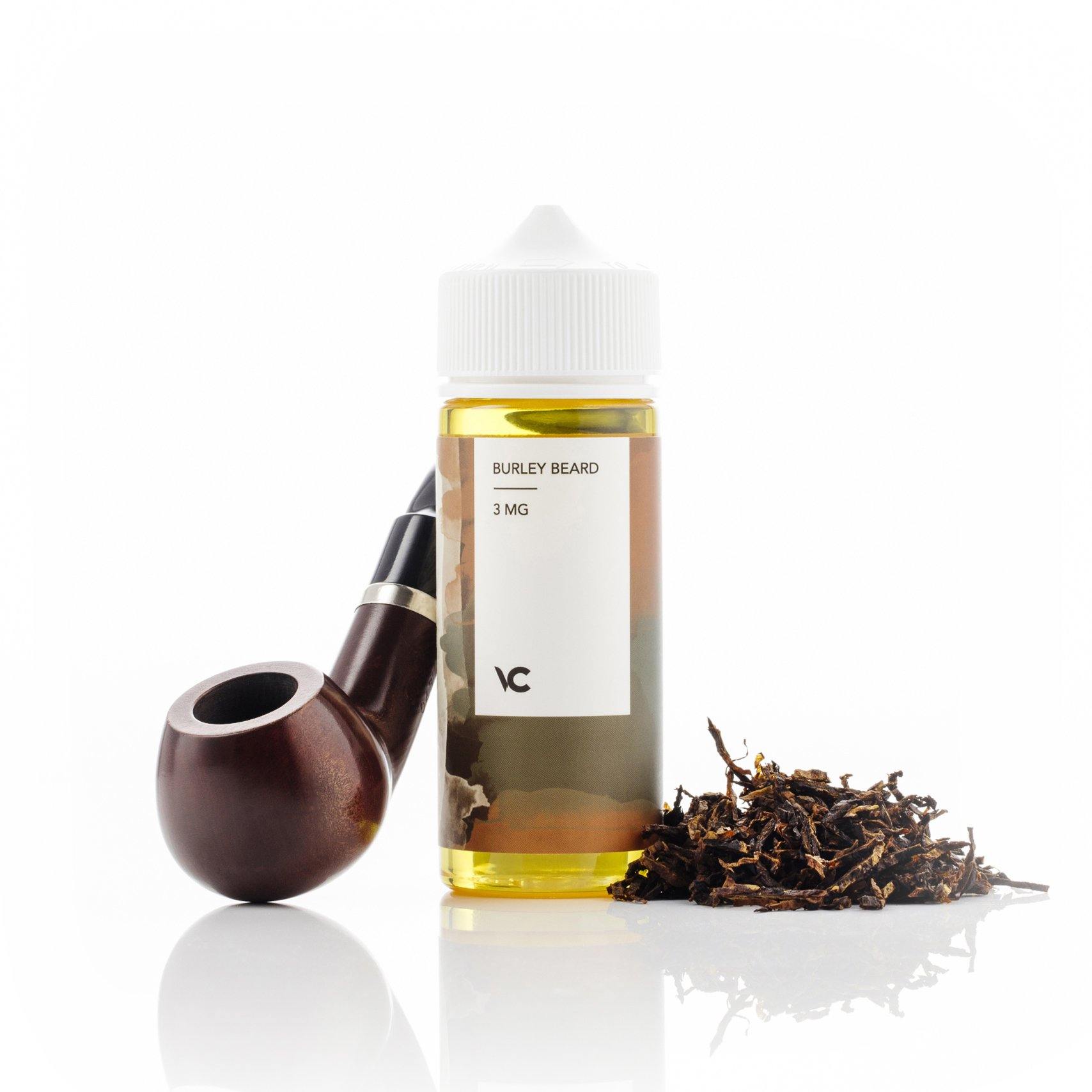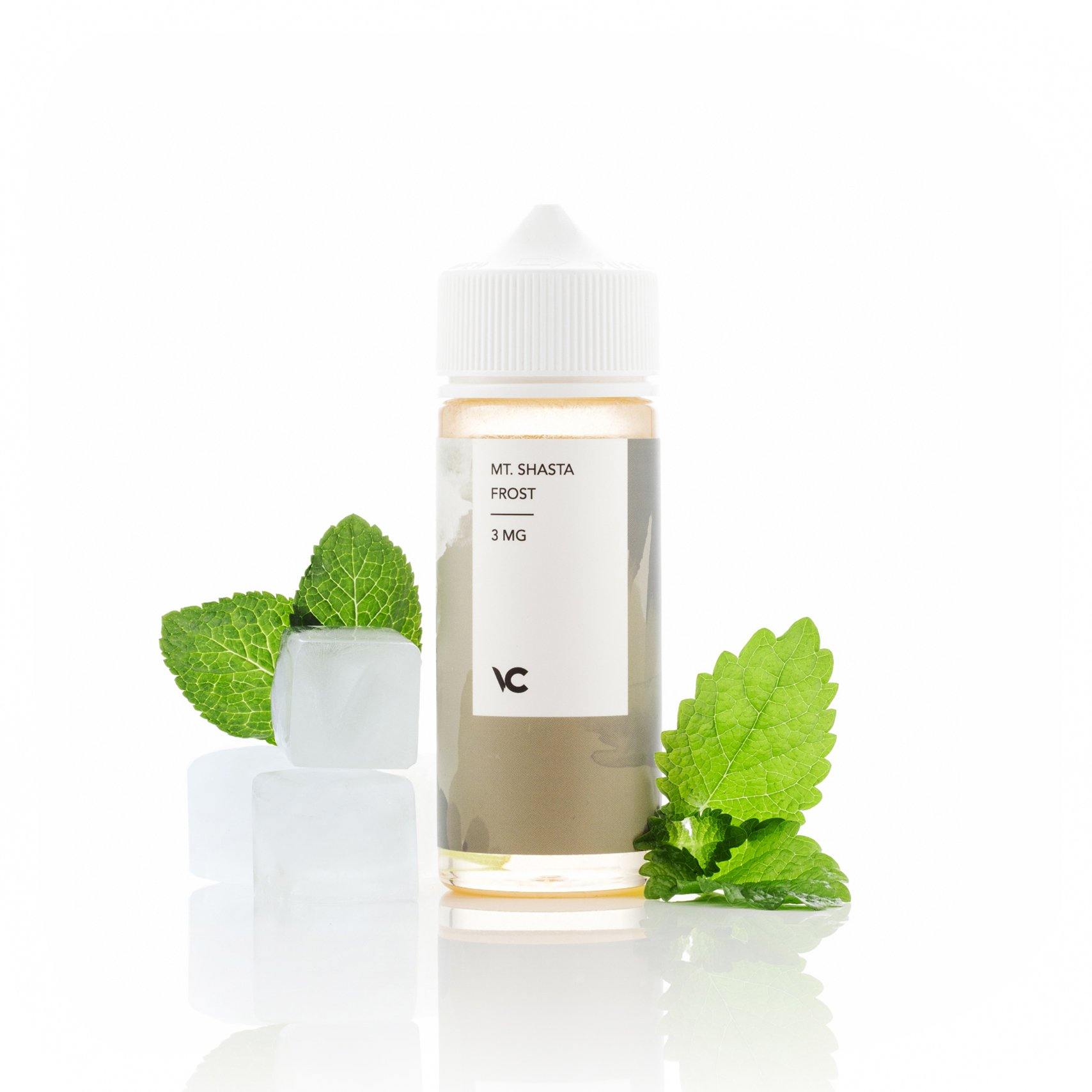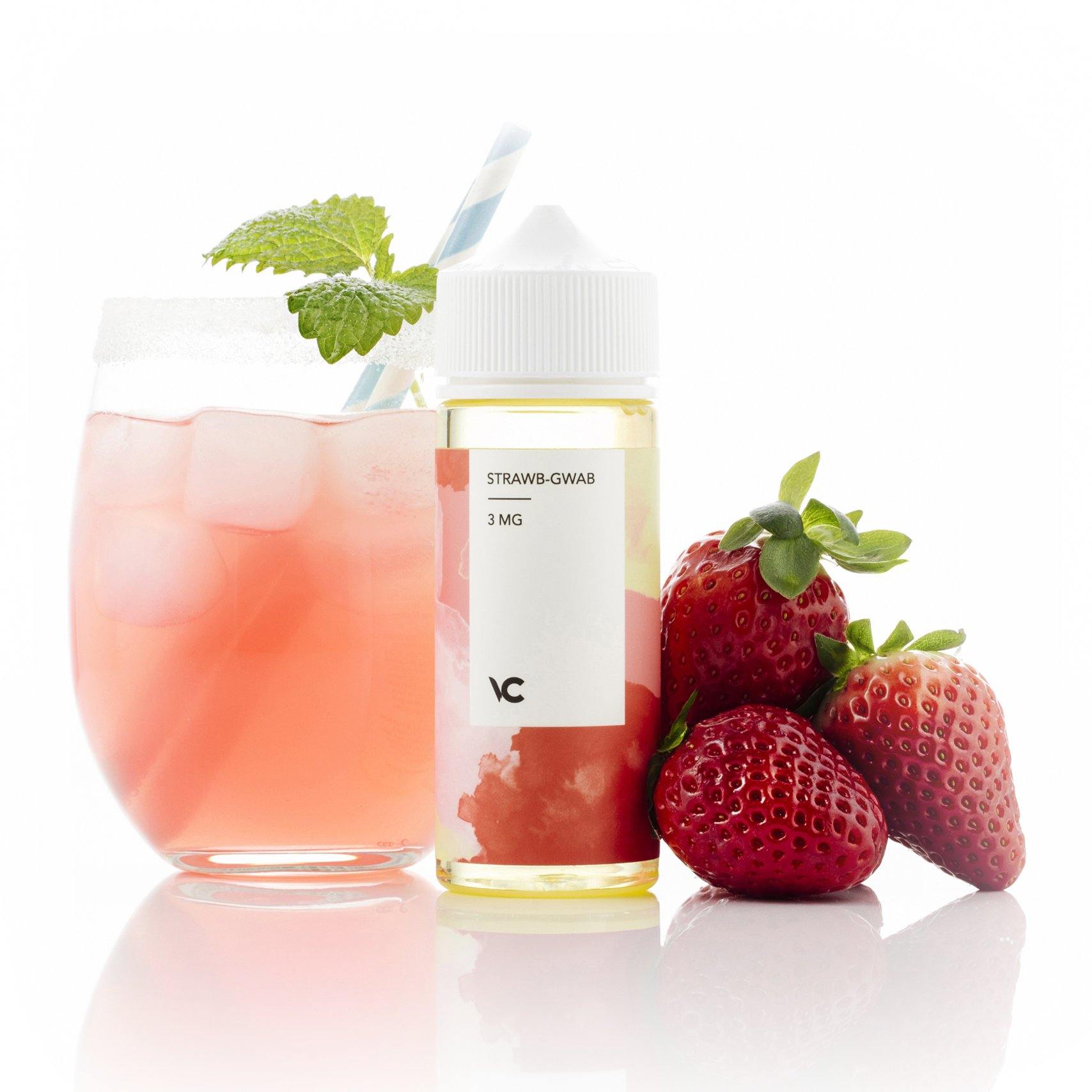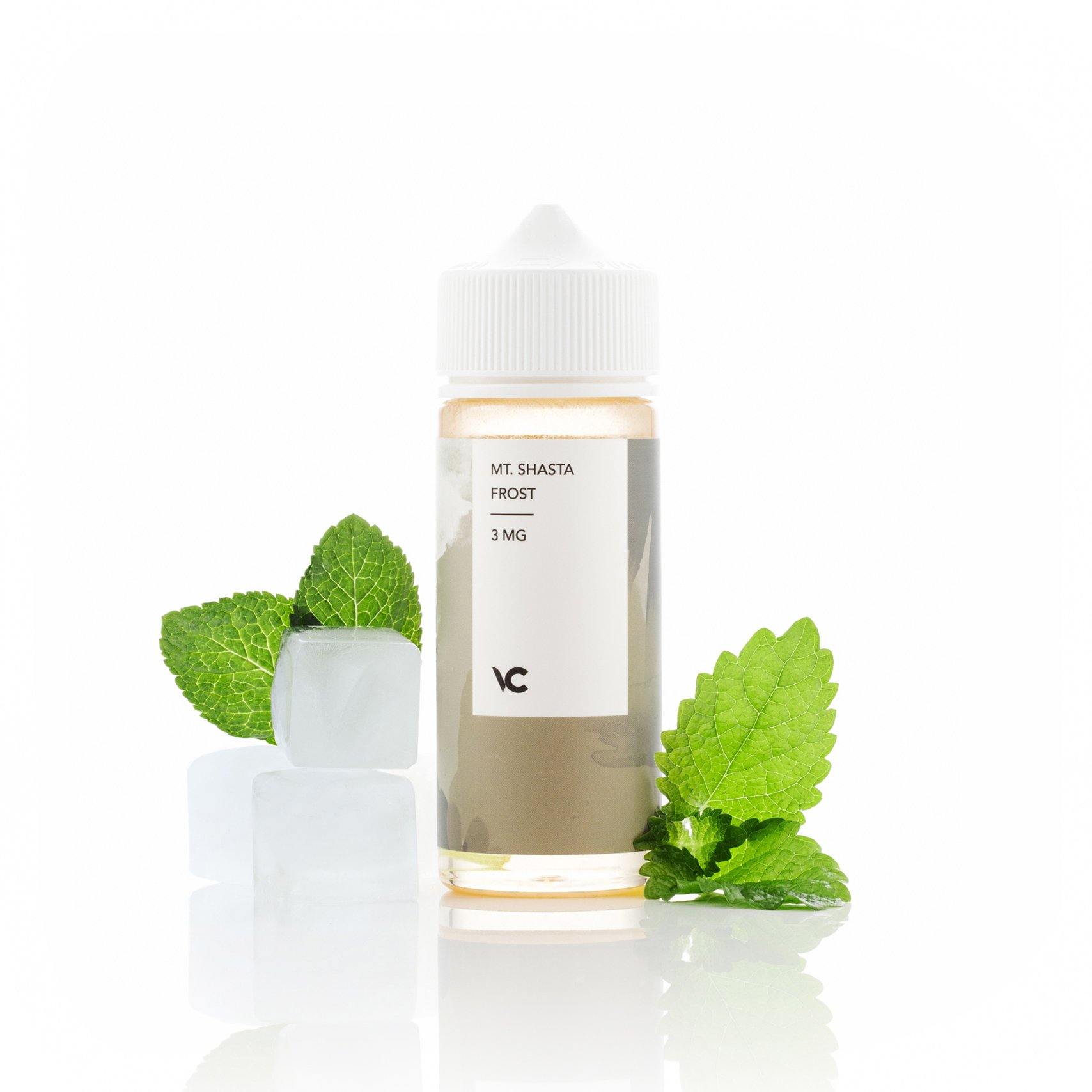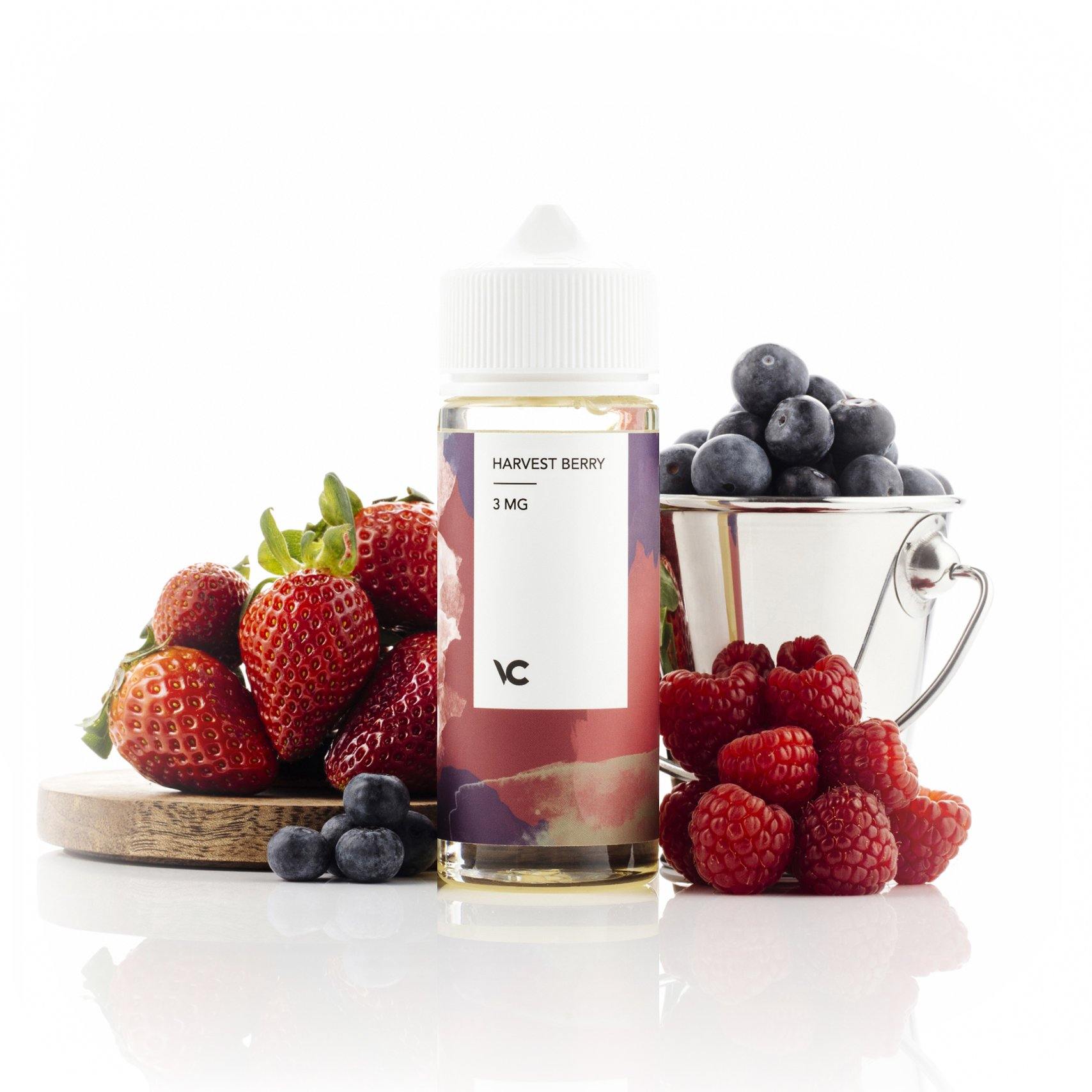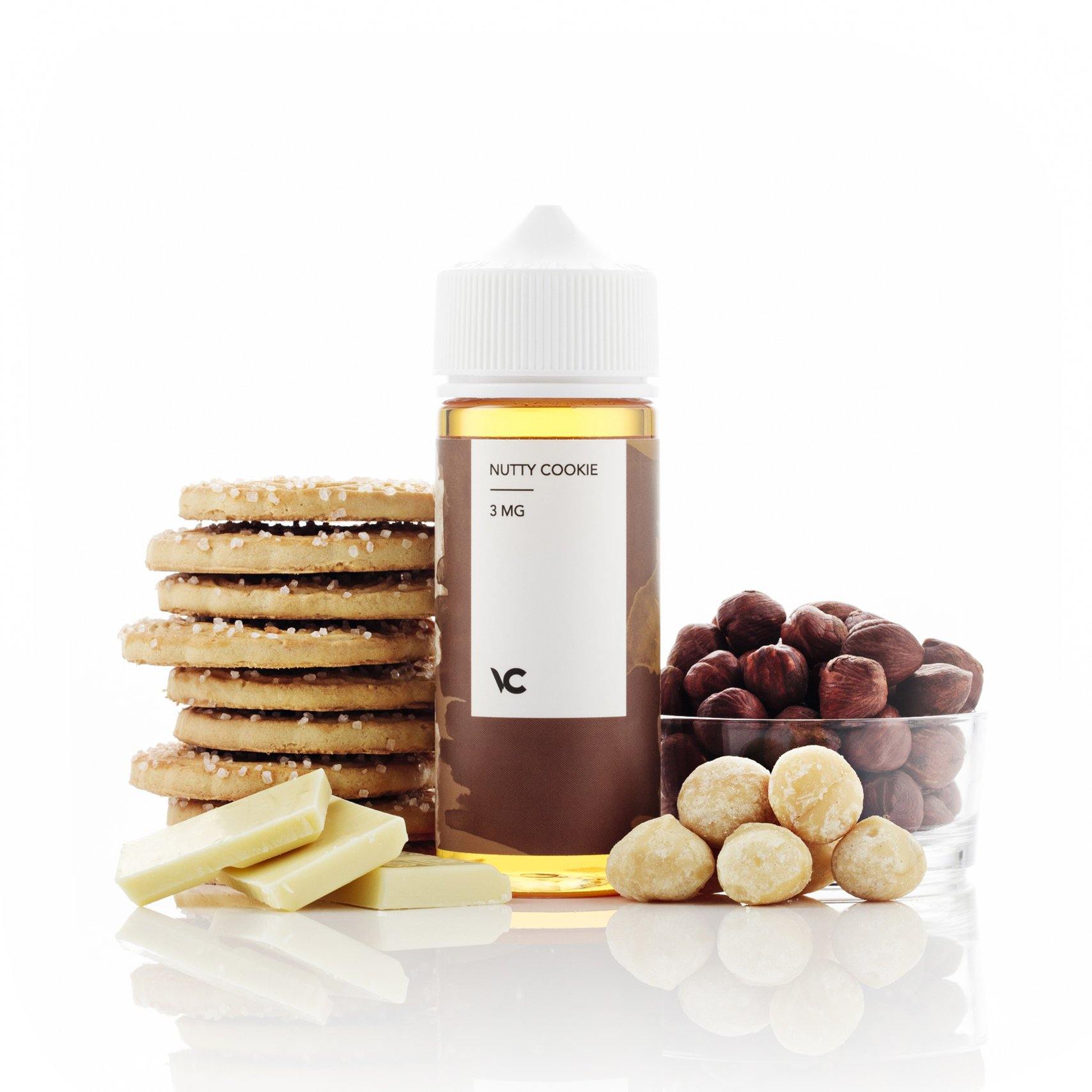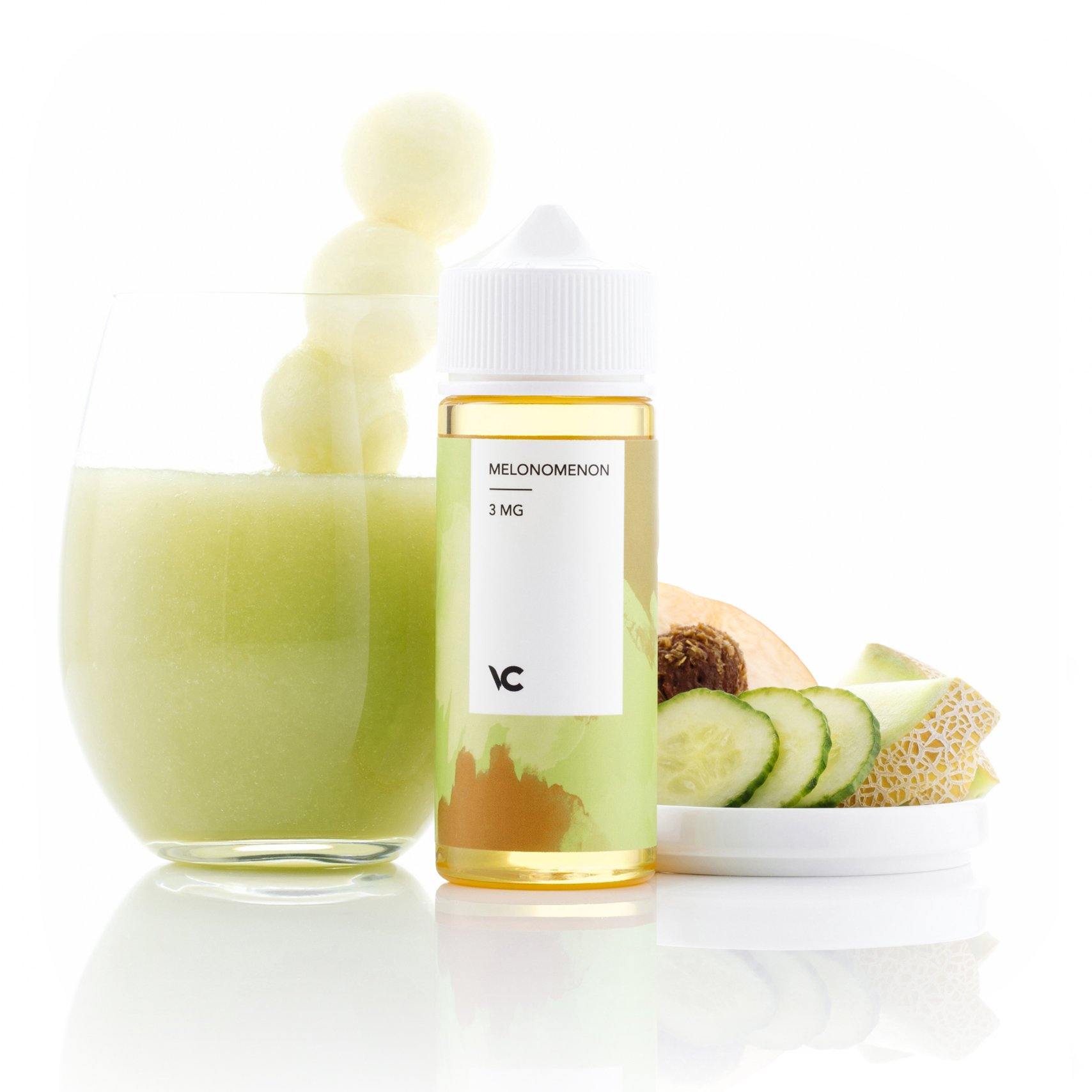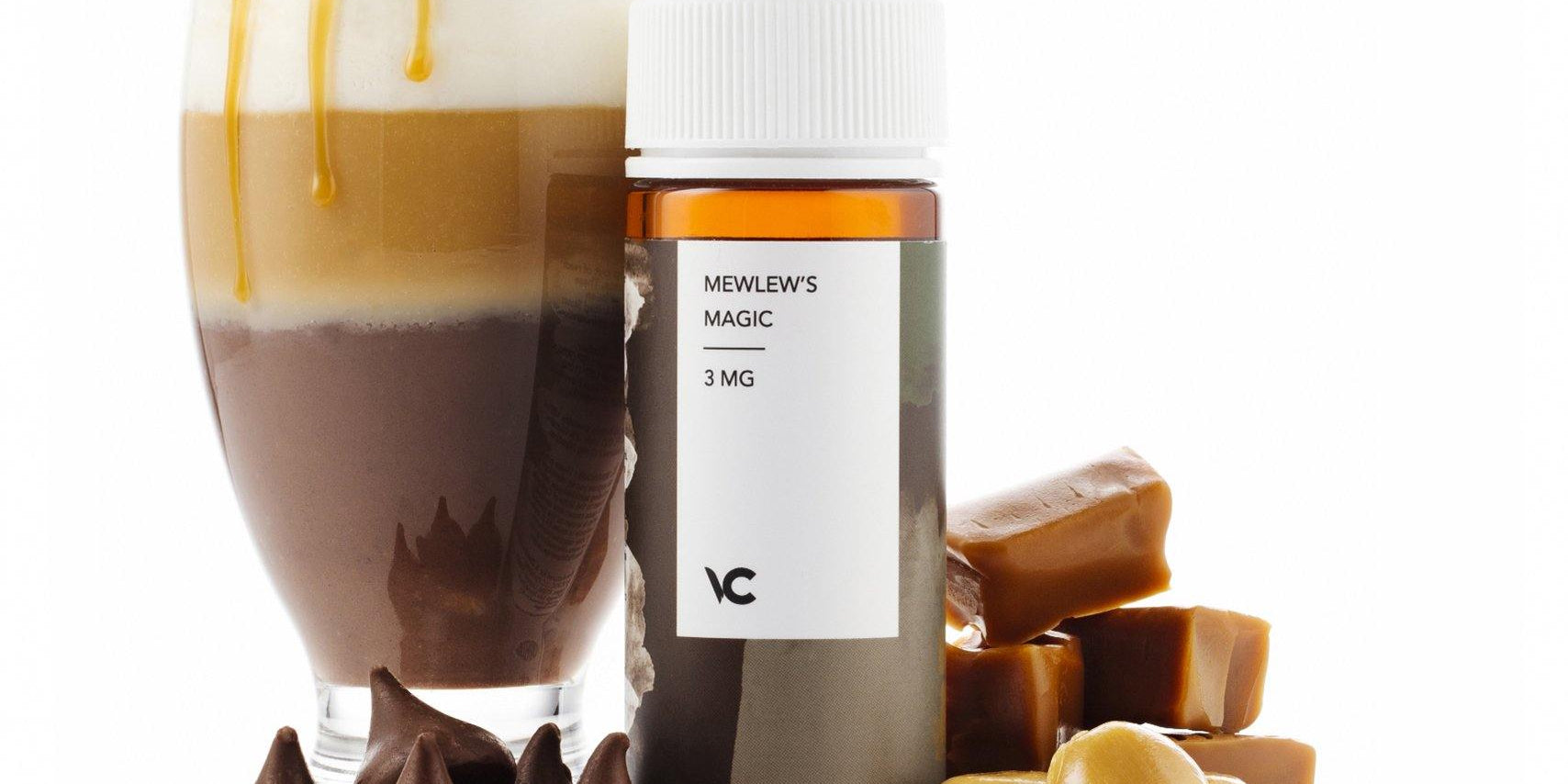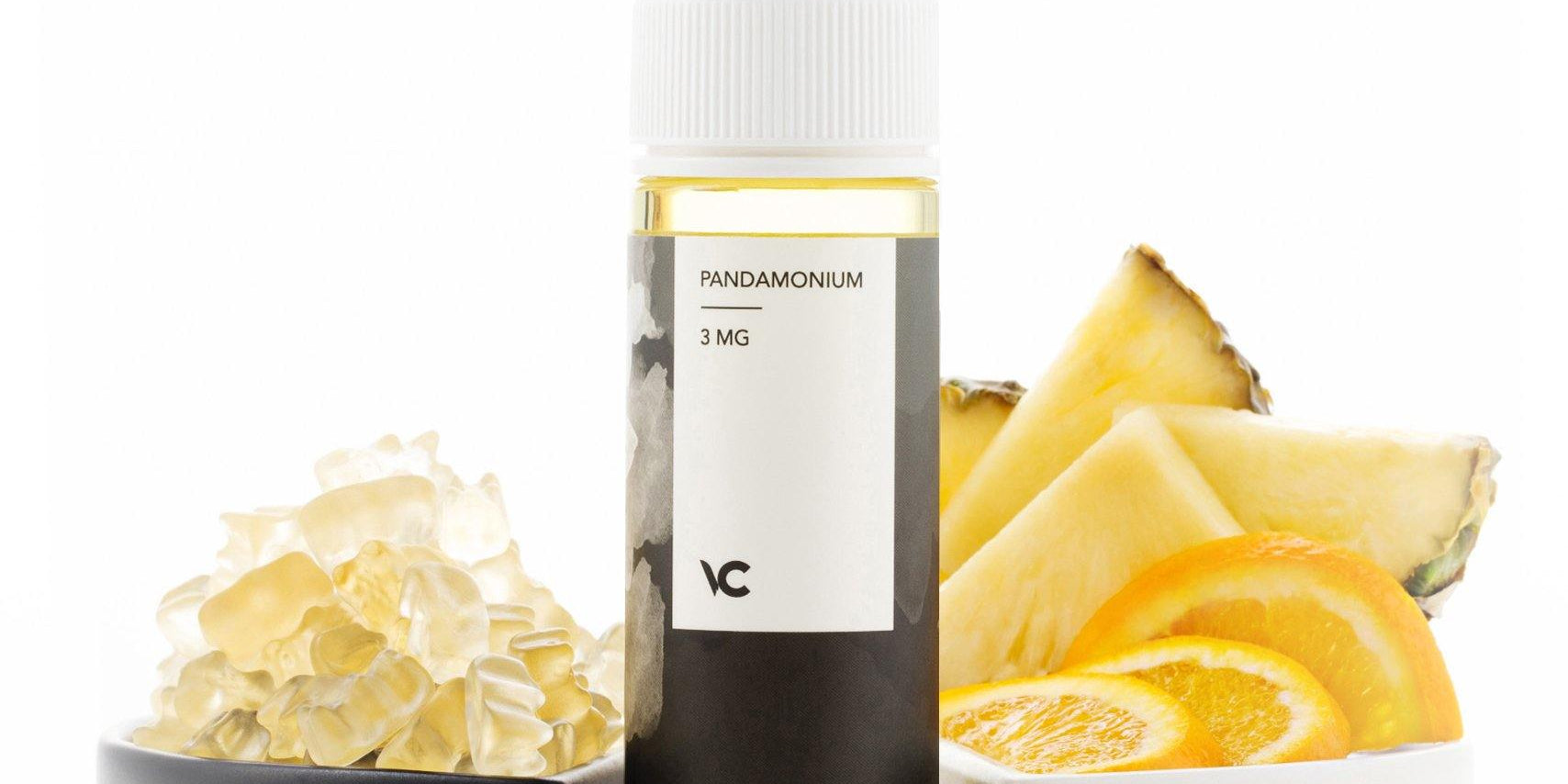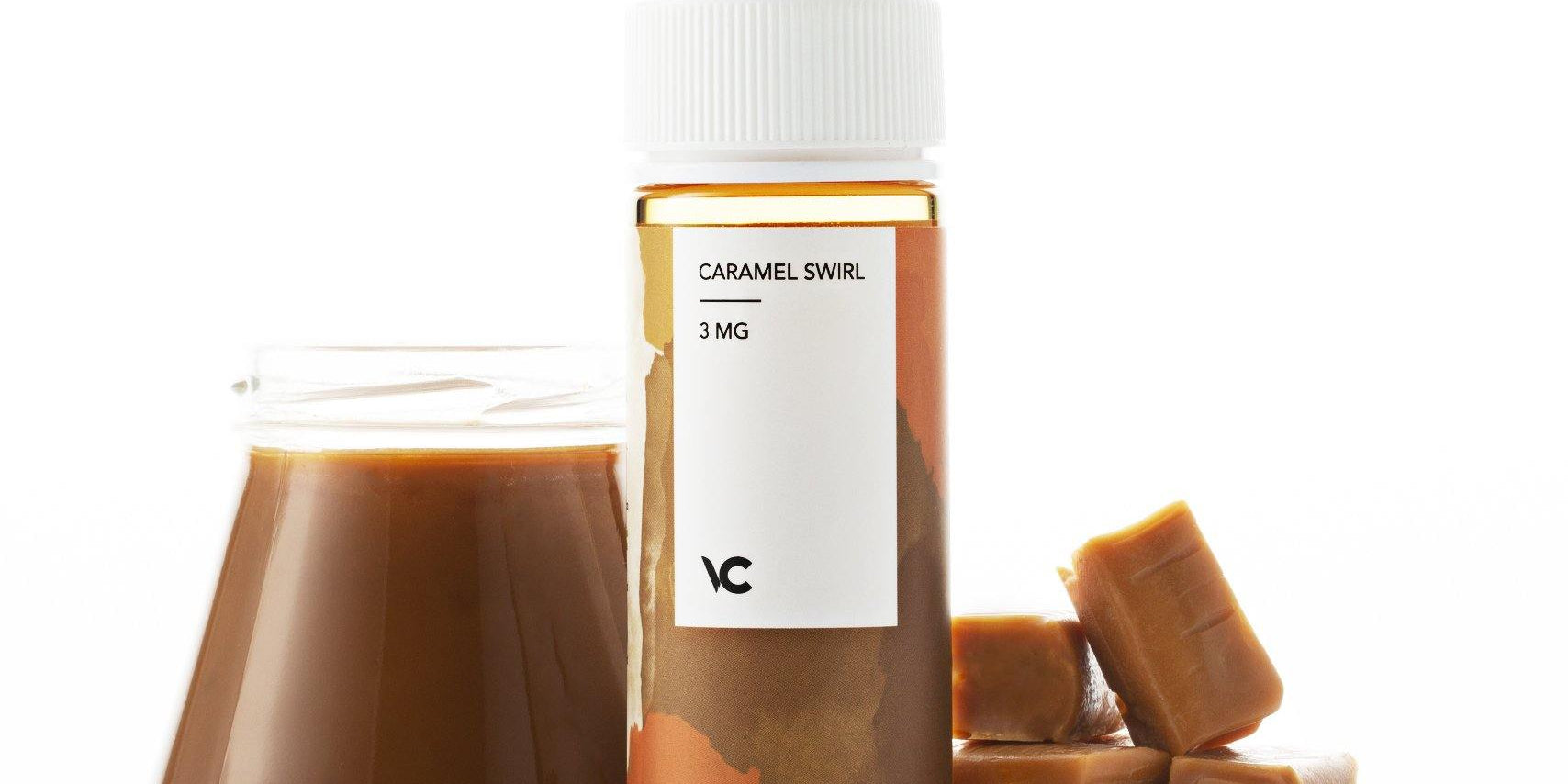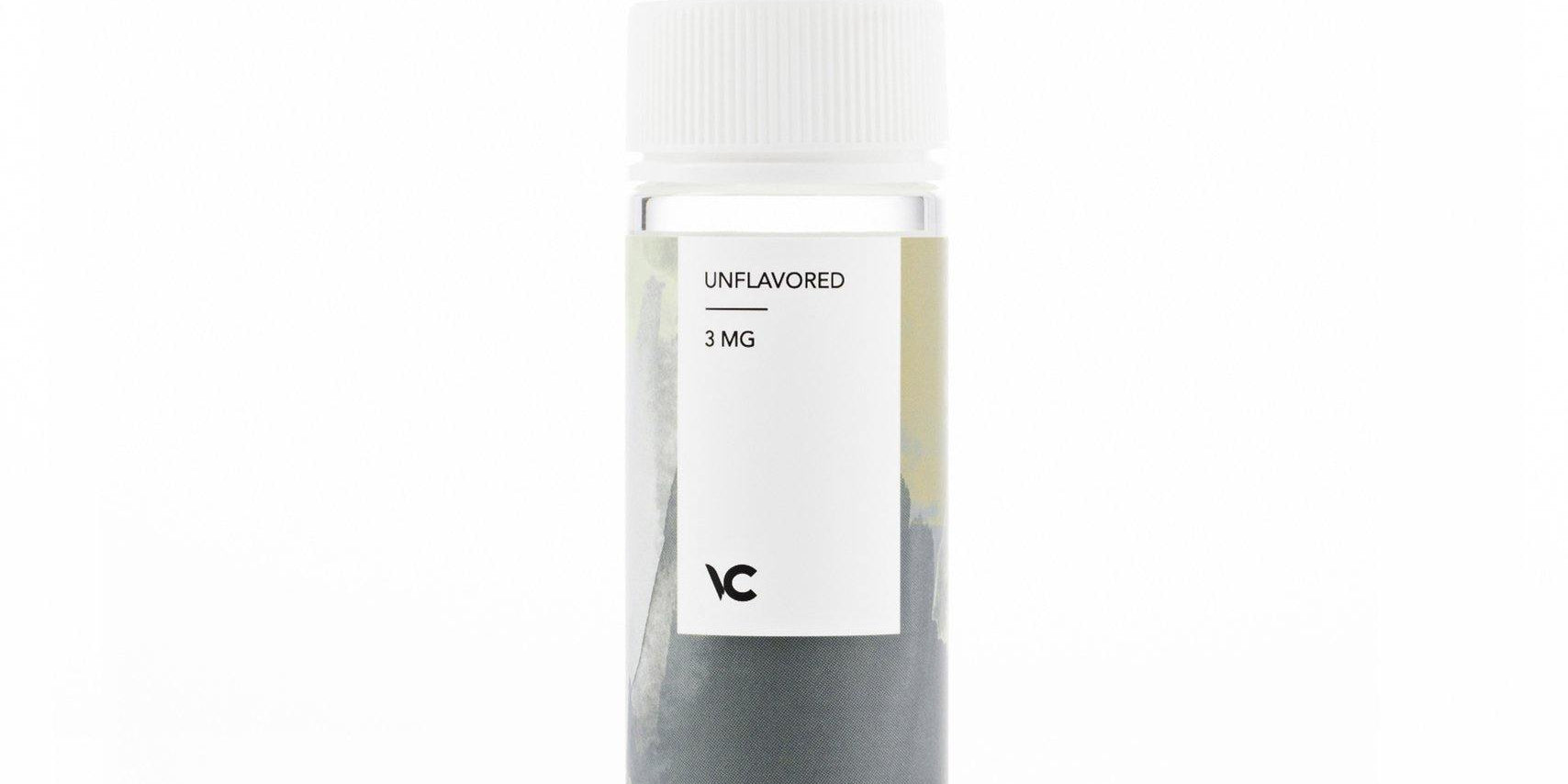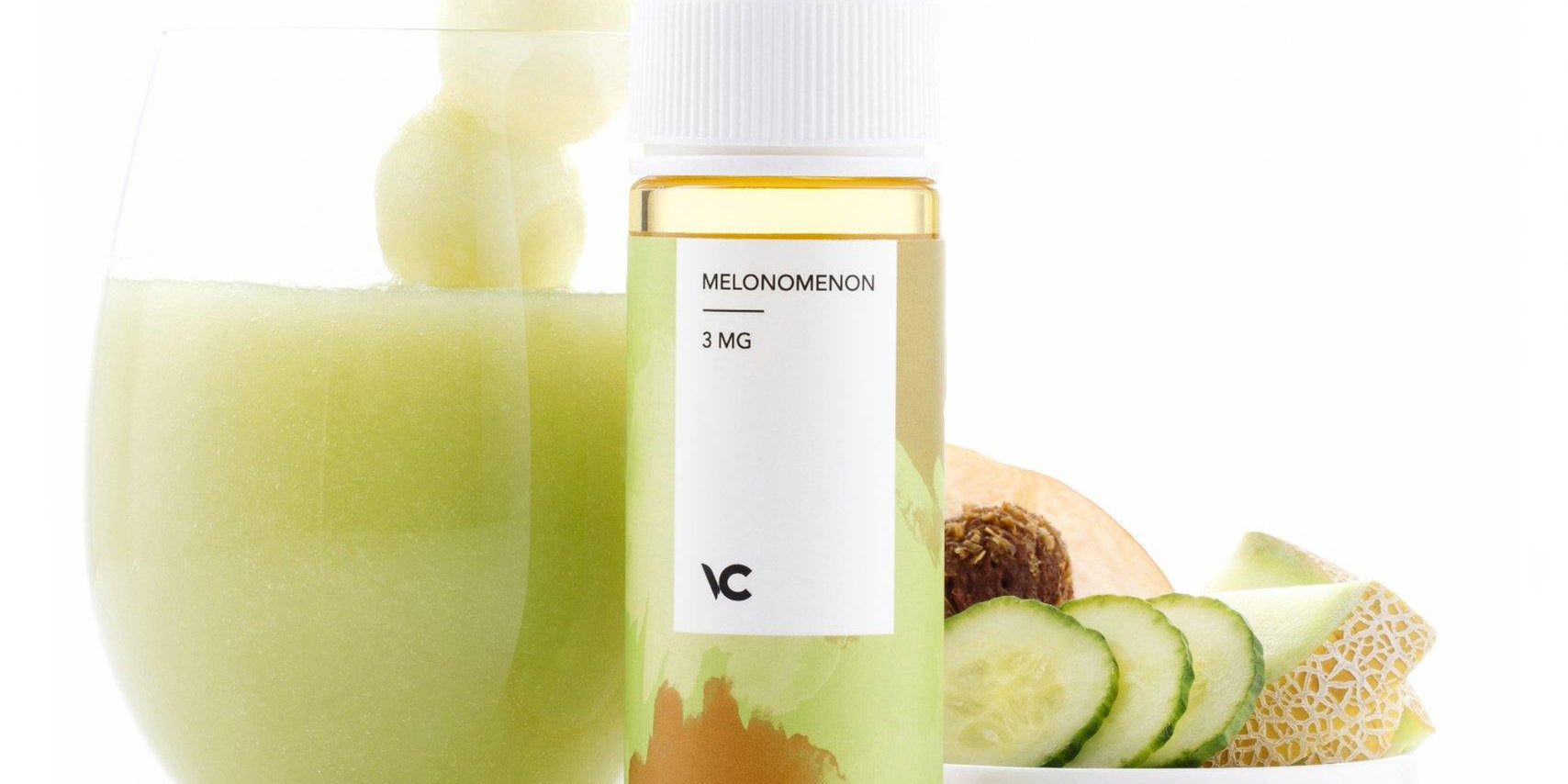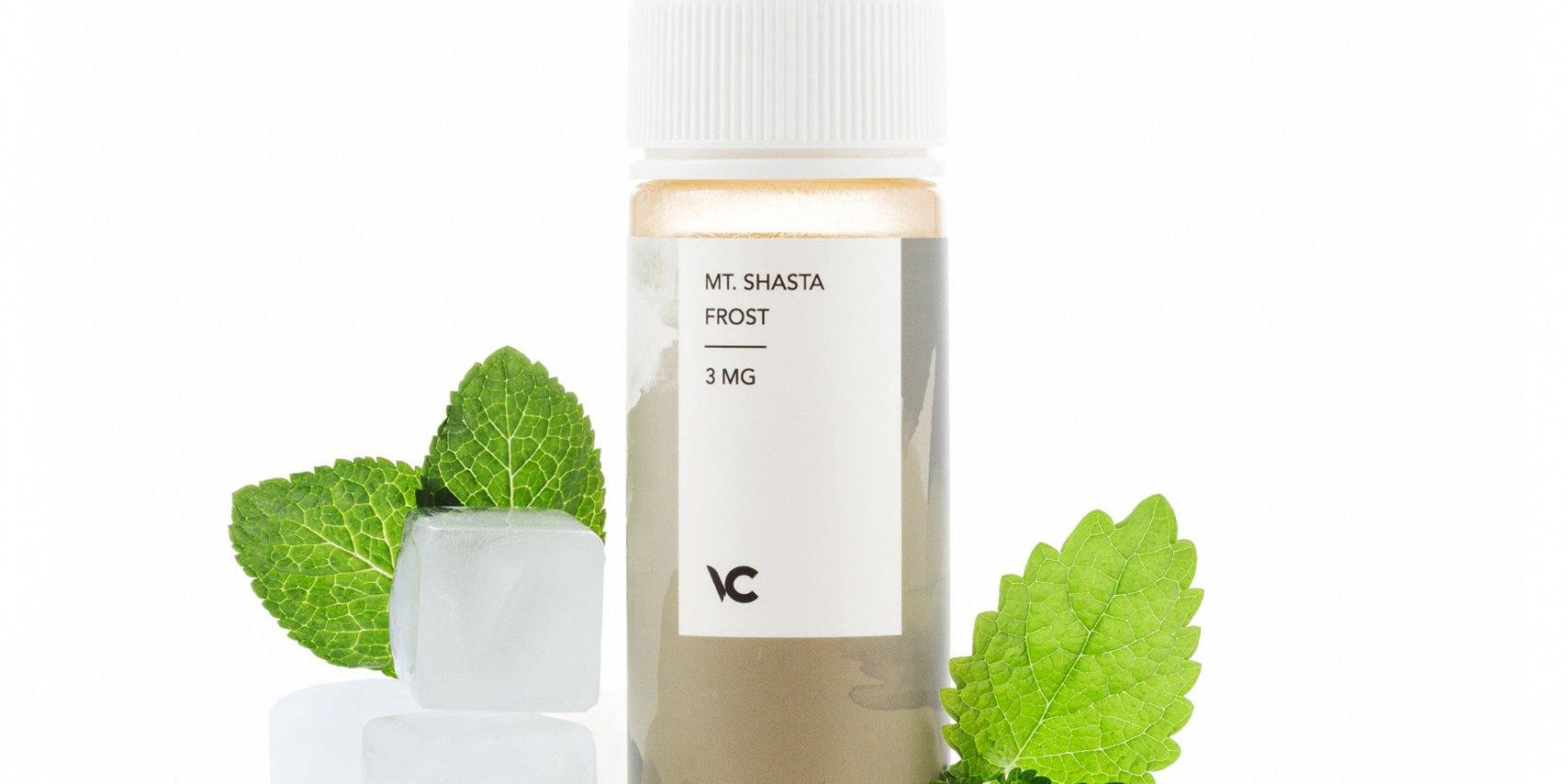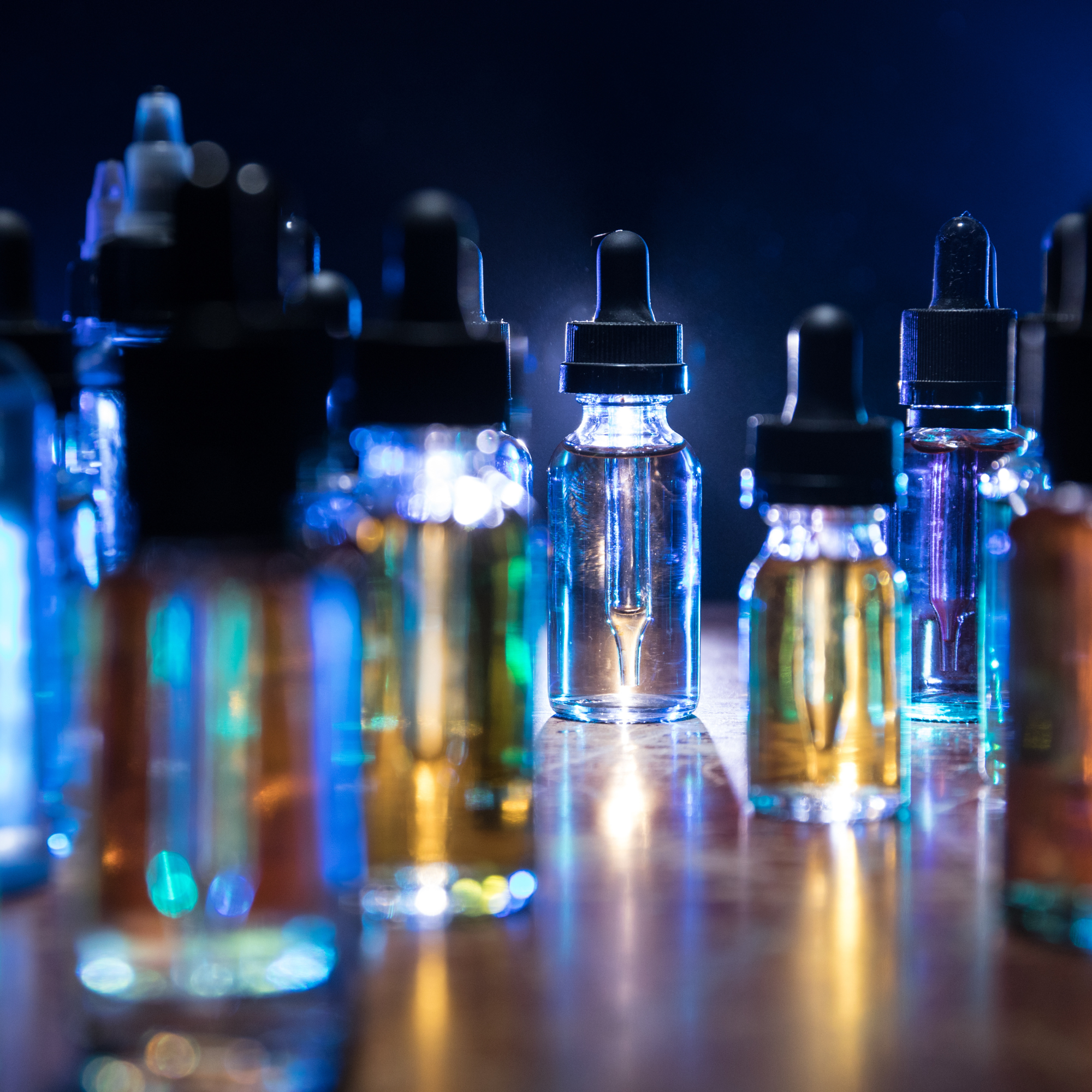Switching from smoking to vaping can be confusing when you’re trying to gauge how much nicotine you’re absorbing from the device. To control your nicotine intake and meet your goals, you’ll need to know how to translate vape usage into cigarette equivalents. This guide will simplify the vape to cigarette conversion process, emphasizing Velvet Cloud’s disposable vapes so you know exactly what you’re inhaling.
Understanding Nicotine Levels in Cigarettes vs. Vape Juice
Cigarettes contain nicotine levels that range widely. On average, a cigarette holds between 8mg and 20mg of nicotine. However, your body absorbs much less—around 1-2mg of nicotine per cigarette due to combustion and smoke loss. This means a pack-a-day smoker absorbs roughly 20mg to 40mg of nicotine daily.
In comparison, vape juice offers more control over nicotine strength and provides consistent delivery. Standard disposable vapes typically hold 2ml of e-liquid at around 20mg/mL strength. A vape to cigarette conversion calculation tells you that 40mg of nicotine per device is roughly equivalent to one pack of cigarettes.
Velvet Cloud’s vape options contain 0, 3, 6, or 12mg of nicotine per 120ml bottle, which allows you to personalize your intake. These choices give you the flexibility to start with a level that matches your previous cigarette use and taper down over time if you desire.
How Vape Juice Type Affects Nicotine Levels and Absorption
Vape juices come in different types that affect the amount of nicotine you receive, the absorption rate, and the sensation. Here's a breakdown:
Freebase Nicotine vs. Nicotine Salts
- Freebase Nicotine: Freebase nicotine is the purest form of nicotine, without any additional compounds to alter its chemical structure. It provides a noticeable throat hit ideal for mouth-to-lung (MTL) vapes in lower-wattage devices. It absorbs quickly into the lungs and bloodstream. However, it can be harsh in higher nicotine levels above 18 mg/mL.
- Nicotine Salts: Nicotine salts combine nicotine with an acid (usually benzoic acid) to create a more stable and less alkaline compound. This form creates a smoother inhale, which works well in high nicotine concentrations (around 20 mg/mL) using direct-to-lung (DTL) devices. The gentler throat hit enables higher absorption than freebase without the harshness, mimicking the nicotine delivery of traditional cigarettes more closely.
MTL vs. DTL Vaping Styles
- Mouth-to-Lung (MTL): Similar to smoking a cigarette, MTL involves inhaling vapor into your mouth before drawing it into your lungs. This style often uses freebase nicotine and lower wattage, which is ideal for lower nicotine strengths.
- Direct-to-Lung (DTL): DTL inhalation takes vapor directly into the lungs, producing larger clouds. These devices typically use nicotine salts in higher-wattage devices. This style can deliver nicotine faster, which some smokers prefer when transitioning to vaping.
How to Calculate the Vape Equivalent of a Cigarette
Calculating vape to cigarette conversion involves considering nicotine strength, the amount of vape juice consumed, and the typical nicotine absorption. Here’s a basic framework to help you get started:
- Absorbed Nicotine Per Cigarette: Remember that cigarettes provide 1-2mg of absorbed nicotine per cigarette. That means a 20-pack of cigarettes equates to roughly 20-40mg of nicotine.
- Nicotine Per Vape: Velvet Cloud’s vape juices offer nicotine in strengths of 3mg, 6mg, and 12mg per milliliter. So, if you’re using 6mg/ml nicotine vape juice, each milliliter contains about as much nicotine as three cigarettes (6mg vape vs. 1-2mg per cigarette).
- Usage and Puff Duration: Vaping delivers nicotine differently from cigarettes. Cigarettes reach the bloodstream quickly, while vaping offers a more gradual release. This slower rate can lead you to puff more than necessary to achieve your desire for rapid effects.
Pro tip: Estimate the amount of vape juice you use daily. Then, convert this usage to cigarette equivalents. For instance, 5 ml of 6mg/ml vape juice provides roughly the same nicotine as smoking a pack of cigarettes.
Nicotine Strength Guide for Cigarette Smokers Switching to Vaping
Choosing the right nicotine level is crucial to a successful switch. Below is a general guide on switching from cigarettes to vapes based on your typical smoking habits:
- Light Smokers (1-5 cigarettes per day): Start with 3mg/ml vape juice. This low concentration is generally enough to satisfy lighter cravings without overdoing nicotine intake.
- Moderate Smokers (6-15 cigarettes per day): Try 6mg/ml vape juice. Vaping 1-2 ml per day at this level provides a comparable nicotine intake to what moderate smokers absorb from cigarettes.
- Heavy Smokers (16-20+ cigarettes per day): Opt for 12mg/ml vape juice. Consuming 1-3 ml per day at this strength closely matches the nicotine absorbed from a full pack of cigarettes.
This guidance offers a starting point, but you may need to adjust based on how you feel. If you’re vaping frequently but not feeling satisfied, increase the strength or switch to nicotine salts. Alternatively, if you feel dizzy or experience frequent headaches, you may need a lower strength.
Vaping Frequency vs. Smoking Frequency: Key Differences
Switching from smoking to vaping introduces differences in how frequently you may use the device. Smoking delivers a rapid nicotine hit, often reaching peak blood levels within seconds. Vaping, by contrast, provides slower nicotine absorption, which means you may reach for your vape more often to achieve the same satisfaction.
Consider the following vaping tips to overcome the absorption issue.
- Duration and Puff Frequency: Taking long, slow drags on your vape maximizes nicotine absorption, offering a more satisfying experience.
- Adjusting Nicotine Intake: As you become accustomed to vaping, adjusting your nicotine level or frequency of use may help manage cravings without overuse.
- Comparing Satisfaction Levels: Vaping delivers fewer nicotine-related chemicals than cigarettes, so you may need to vape more frequently to feel equally satisfied, especially if you’re using a lower nicotine strength.
To prevent overuse, set boundaries for vaping similar to your previous smoking habits—such as limiting puffs or timing intervals between uses. This approach helps you regulate your intake without relying on a cigarette’s burn time.
Can Vaping Really Help Me Quit Smoking?
Yes, vaping can help you quit smoking by providing a less harmful way to satisfy nicotine cravings. Studies, including a 2019 randomized control trial in the UK, show that e-cigarettes can be more effective for smoking cessation than traditional nicotine replacement therapies (NRT), like patches and inhalers. In the trial, 18% of e-cigarette users quit smoking after one year, compared to only 9% of NRT users.
Vaping replicates the familiar hand-to-mouth action and sensory experience of smoking, which helps address both the physical and psychological aspects of nicotine addiction. The difference is you can adjust nicotine levels in vape juice to reduce your intake over time.
For best results, choose the right device and nicotine strength, and gradually taper down to increase your success rate in quitting smoking entirely.
Conclusion
Switching to vaping is a journey, but understanding how your vape usage compares to cigarettes helps you make empowered choices. Start by selecting a nicotine level that matches your smoking habits. If you’re new to vaping, the absorption differences mean you might need to adjust your puff frequency or strength to feel truly satisfied. Velvet Cloud’s nicotine options offer you a flexible approach with nicotine strengths ranging from 0 to 12 mg/ML.
